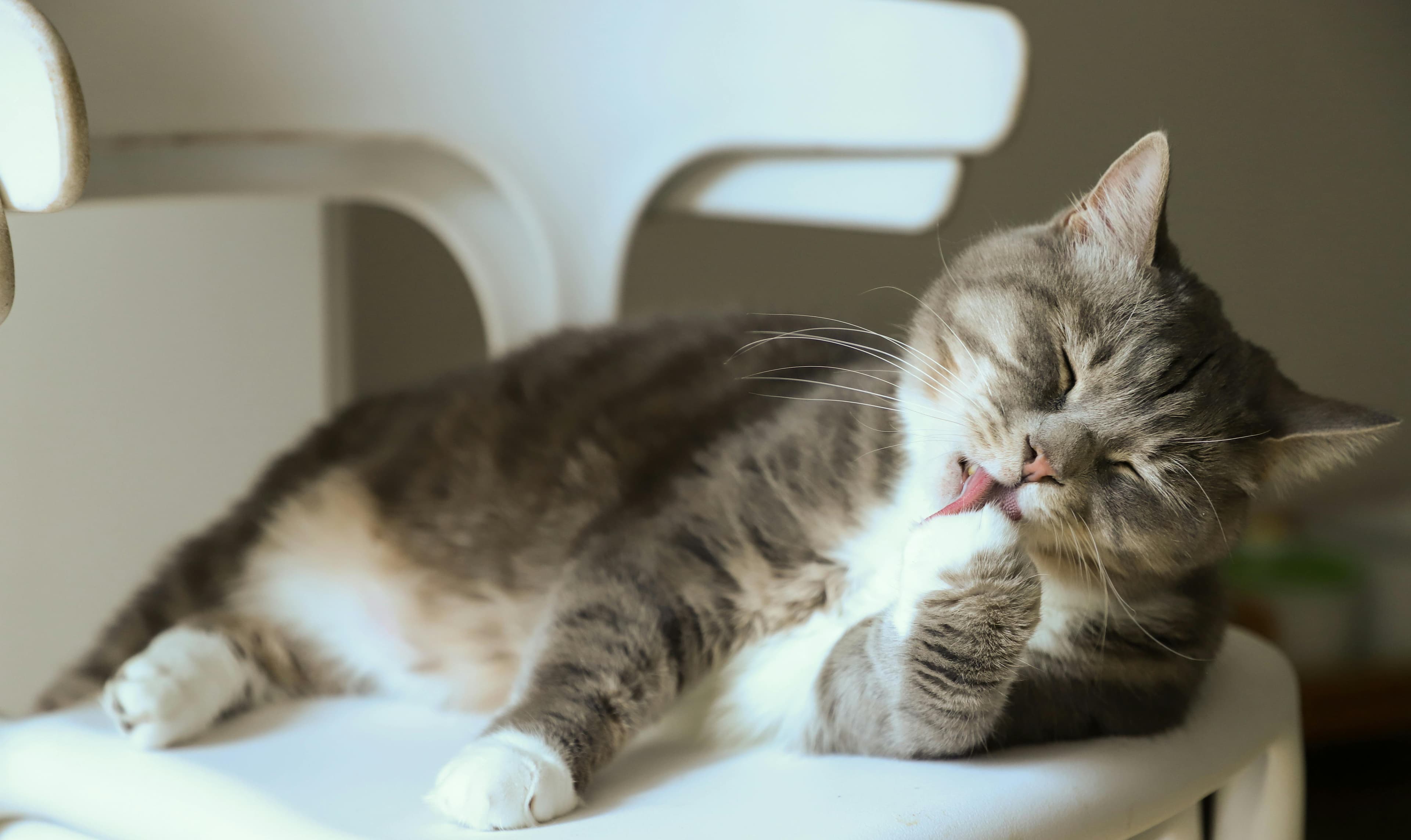Watching your cat drive out a hairball can be unpleasant. The ball of hair and digestive juices looks disgusting and cleaning it up is a bother. The sight of your beloved cat vomiting is also not a welcome one. However, let’s try learning more about this process as it can be useful for both pets and their guardians.
What Are Hairballs?
Hairballs are exactly what the name suggests; clumps of fur mixed with enzymes produced by the digestive system. Medically called Trichobezoars, in VCA Animals Hospitals’ expert opinion cats with gastrointestinal problems have a higher likelihood of developing them. The inability of such cats to excrete the bulk swallowed hair contributes to it. When furballs become stuck in the stomach, the cat has no recourse but to eventually vomit to get them out.
How Do Cat Hairballs Happen?
Cats are nature’s greatest groomers. They lick their fur and in doing so their tongues’ tiny hook-like structures capture loose and dead hair. Most of this hair goes through the intestines and is excreted as part of their stool. A portion of the hair inevitably remains in the stomach and forms a hairball. Cat breeds with longer hair (Persians and Maine Coons) develop more hairballs than their short-chaired comrades. This is due to the larger amount of hair they consume during the process of grooming themselves.
Cat Hairball Symptoms
Hairballs in cats are removed by gagging or retching. It usually happens just a minute before they expel a hairball. If your kitty starts showing some other symptoms it might be time to consult a veterinarian.
Vomiting (hairballs or food)
Loss of appetite
Lethargy
Constipation or diarrhea
Engorged abdomen
Complications of Cat Hairballs
Normally hairballs do not pose a threat but there are some situations where medical intervention is needed.
Blocked Intestines
Blobs of hair can obstruct the intestines. Malnutrition and dehydration are inevitably to be expected.
Harm to the Esophagus
When a cat retches and vomits frequently, the esophagus can suffer inflammation or injury. This is a very dangerous complication.
Changes in Behavior
If the cat is feeling discomfort because of hairballs, they can experience behavior changes. Reduced grooming, hiding from company or you, or being irritable are some such alterations.
Hairball Treatment for Cats
A range of treatment possibilities can help get rid of hairballs.
Give them laxatives and lubricants. These grease the digestive tract and make it easier for hairballs to pass.
You can give them food specially aimed at reducing hairball formation. These have higher fiber content which is why hair can easily move through the digestive system.
Make sure that your cat drinks enough water. It will maintain a healthy digestive system and the hair will pass naturally.
Over-the-counter gels or pastes both prevent and treat hairballs.
How to Prevent Cat Hairballs
Without question, it is possible to decrease the quantity of hairballs they develop. You just have to be prepared to put in the extra effort.
Brush Your Cat
The most effective hairball remedy for cats is brushing regularly. It helps in removing loose fur before your cat can ingest it. The amount of hair entering their digestive tract is thus significantly reduced. Brushing should be done once or twice a week for cats with short hair. In contrast, long-haired cats need daily brushing.
Schedule Regular Haircuts for Your Cat
Professional grooming and haircuts manage the volume of fur. It also reduces the risk of hairballs. Regular trims keep the coat shorter and less matting occurs. This is especially true for long-haired breeds.
Give Your Cat Hairball-Specific Food
Hairball formation can be significantly reduced if the cat gets the right food. High fiber diet helps in moving the hair through the intestines and expelling it in poop. Ask the veterinarian to help you choose the right hairball-control food.
When to See a Vet
PetMD describes the process as normal if the cat throws up a hairball once a month. If it is more often, then you need medical attention. While hairballs are common, there are times when veterinary attention is necessary:
Cat gagging or coughing without producing a hairball
Signs of abdominal pain or swelling
Cat experiences a significant change in appetite or weight
Cat displays persistent lethargy or behavioral changes
Unresolved constipation or diarrhea
These symptoms could point to a more serious issue.
Conclusion
Hairballs are common but often manageable. Every cat experiences them during the course of their life. If you understand how hairballs form and recognize the serious symptoms, you can take steps to prevent them. Prevention can help keep your cat healthy and comfortable.
Timely grooming and quality diet are most important when it comes to avoiding hairballs. Be vigilant for any signs of complications. Always consult your veterinarian to get your cat the best possible care. You can reduce the occurrence of cat hairball vomit and keep your feline friend happy and healthy.




